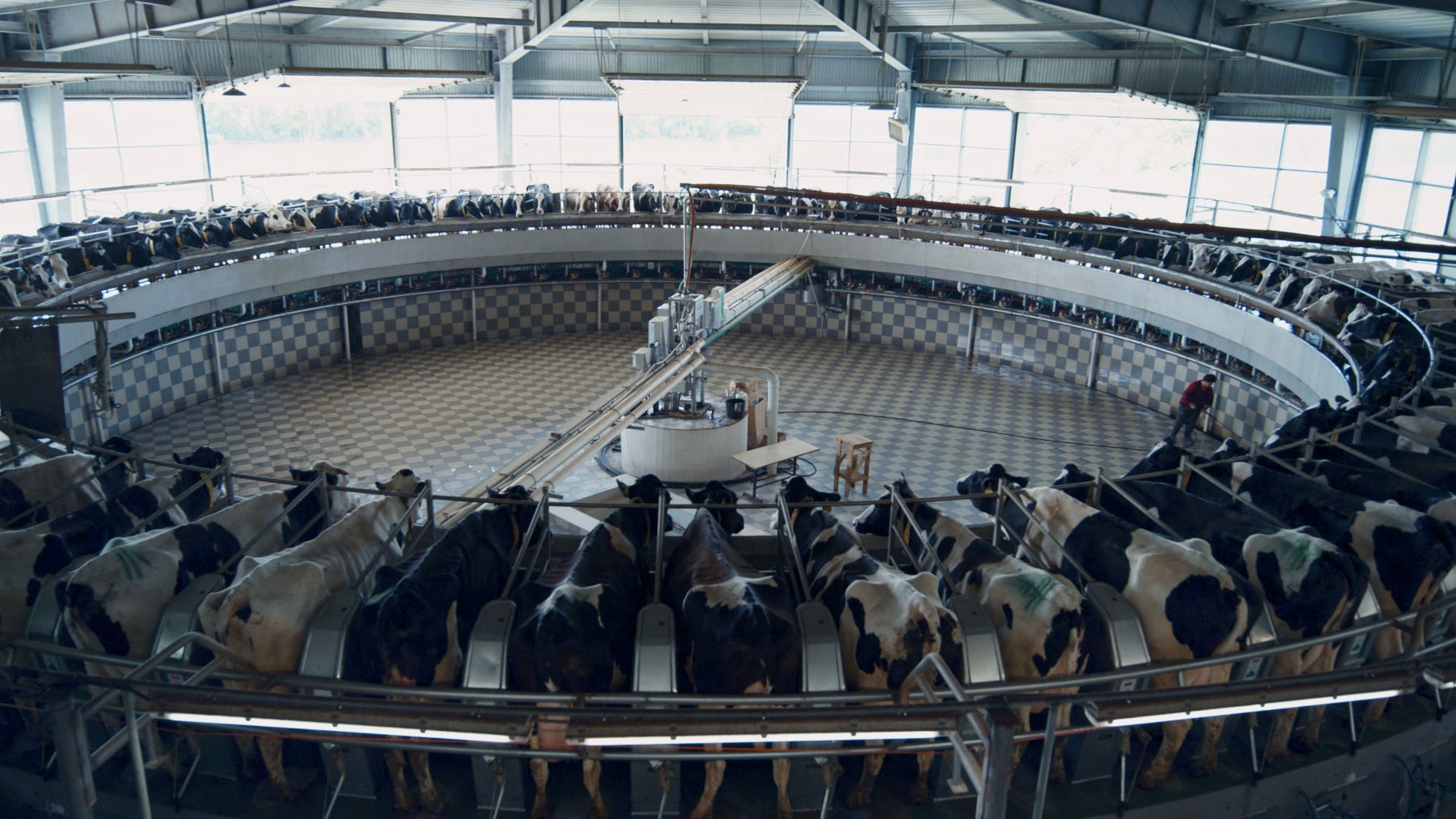
Best Livestock Scales 2025: Complete Cattle Weighing Guide
In modern livestock farming, precise weight management is no longer a luxury but a fundamental necessity. Accurate cattle weighing is crucial for optimizing herd health, maximizing profitability, and ensuring sustainable operations. This comprehensive guide will walk you through the best livestock scales available in 2025, detailing their features, benefits, and how to choose the ideal cattle weighing machine for your farm.
The Importance of Accurate Cattle Weighing
Understanding the exact weight of your cattle offers a multitude of benefits that directly impact your farm's bottom line and animal welfare.
Herd Health and Performance Monitoring
Regular weighing provides vital insights into an animal's growth rate and overall health. Significant deviations from expected weight gain can be early indicators of illness, parasitic infections, or nutritional deficiencies. Early detection allows for timely intervention, reducing veterinary costs and preventing the spread of disease within the herd.
Optimized Feeding and Nutrition
Accurate weight data enables farmers to tailor feeding regimes precisely. This ensures that animals receive the correct amount of feed for optimal growth and condition, minimizing waste and maximizing feed efficiency. Overfeeding is costly, while underfeeding can hinder growth and reproductive performance.
Informed Breeding and Culling Decisions
Weighing helps identify the best-performing animals for breeding, allowing you to select for desirable traits like superior growth rates. Conversely, consistently underperforming animals can be identified for culling, improving the overall genetic potential and efficiency of your herd.
Maximizing Market Value
Selling cattle by weight is standard practice. Knowing accurate weights ensures fair pricing and allows farmers to time sales for optimal market conditions, avoiding penalties for underweight or overweight animals. This direct impact on sales revenue is a key driver for investing in quality livestock scales.
Compliance and Traceability
Many agricultural regulations and certification programs require precise records of animal weights for traceability and welfare purposes. Modern cattle scales often integrate with farm management software, simplifying record-keeping and ensuring compliance.
Types of Livestock Scales for Cattle
The market offers a variety of livestock scales, each designed to meet different farm needs and budgets.
Platform Scales
These common and adaptable scales feature a large, durable platform. They can weigh single animals or small groups, making them suitable for various farm sizes. Many feature non-slip surfaces and durable construction for outdoor use.
Chute Scales
Integrated directly into a cattle squeeze chute, these scales allow for weighing while the animal is restrained. This provides highly accurate measurements, reduces animal stress during weighing, and is ideal for individual animal management, vaccinations, and treatments.
Portable Scales (Weigh Beams/Bars)
Portable weigh beams are highly flexible. They consist of two beams that can be placed under an existing chute, pen, or custom-built platform. Their portability makes them suitable for operations that need to weigh animals in different locations or move scales between properties.
Mobile Livestock Scales
These scales are designed with wheels and can be easily towed to different paddocks or areas of the farm, offering maximum convenience and minimizing stress on animals by weighing them in their familiar environment.
Hanging Scales
While generally used for smaller animals, heavy-duty hanging scales can be suitable for calves or even larger animals in specific situations, offering portability and cost-effectiveness.
Key Features to Consider When Buying Livestock Scales
When investing in a cattle weighing machine, several features are crucial for optimal performance and longevity.
Accuracy and Capacity
Look for scales with high precision (ideally 1/10 of 1%) and a weight capacity that comfortably exceeds the maximum weight of your largest animals. Exceeding a scale's weight limit can lead to damage and inaccurate readings.
Durability and Construction
Livestock scales operate in harsh agricultural environments. Choose scales made from robust, weather-resistant materials like heavy-duty steel, designed to withstand mud, moisture, and animal movement.
Animal Motion Compensation
Cattle rarely stand perfectly still. This feature stabilizes the weight reading despite animal movement, ensuring more reliable and consistent results.
Digital Display and Data Management
A clear, easy-to-read digital display is essential. Advanced indicators are a common feature on many current scales, providing capabilities such as:
-
Animal ID integration (EID Reader Compatibility): Connects with electronic identification tags for automated record-keeping.
-
Memory storage: Stores individual and group weight data.
-
Connectivity: Bluetooth, Wi-Fi, or USB options for transferring data to smartphones, computers, or cloud-based farm management software.
-
Auto-drafting capabilities: Some advanced systems can automatically sort animals based on weight criteria.
Ease of Use and Maintenance
Consider how easy the scale is to set up, operate, and clean. Non-slip surfaces and convenient animal entry/exit points create a more efficient weighing experience, lessening stress for both livestock and handlers.
Return on Investment (ROI) of Livestock Scales
While a quality livestock scale represents an initial investment, the long-term benefits and potential savings can lead to a significant return on investment.
-
Reduced Shrinkage: Weighing animals on-site before transport can significantly reduce "shrinkage" (weight loss during transport), leading to higher sale weights and increased revenue.
-
Optimal Resource Allocation: Precise feeding based on accurate weights minimizes feed waste, which is a major expense for livestock operations.
-
Improved Health Outcomes: Early detection of health issues through weight monitoring can prevent costly treatments, reduce mortality rates, and improve overall herd productivity.
-
Enhanced Breeding Efficiency: Identifying and breeding from animals with superior growth rates leads to genetic improvement and ultimately, more profitable offspring.
-
Data-Driven Decisions: The ability to collect and analyze weight data allows for more informed management decisions across all aspects of your operation, from nutrition to marketing.
The ROI is realized through a combination of increased revenue from optimized sales, reduced costs from efficient resource utilization, and improved animal health and productivity.
Conclusion
Investing in the right livestock scale is a strategic decision that empowers farmers with crucial data for effective cattle management. By understanding the types of scales available, prioritizing key features like accuracy and durability, and recognizing the significant return on investment, you can select the best cattle weighing machine for your farm in 2025. This vital tool will not only streamline your operations but also contribute significantly to the health, productivity, and profitability of your livestock enterprise.
Ready for better cattle weighing? Choose Liberty Scale. Boost efficiency, maximize returns. Contact us now for more details!
